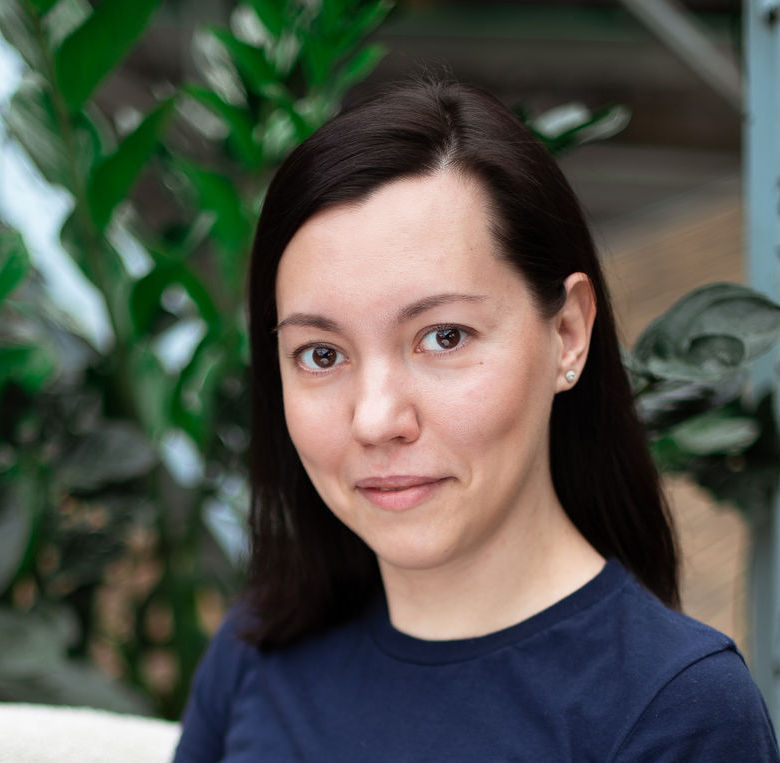Java bits: 0xFF and 0xFFL
Oct 31, 2017

Former Android and Maps GDE, now Engineering Manager for one of the Android teams

Former Android and Maps GDE, now Engineering Manager for one of the Android teams
Oct 31, 2017
Apr 03, 2016
Oct 31, 2017
Apr 03, 2016